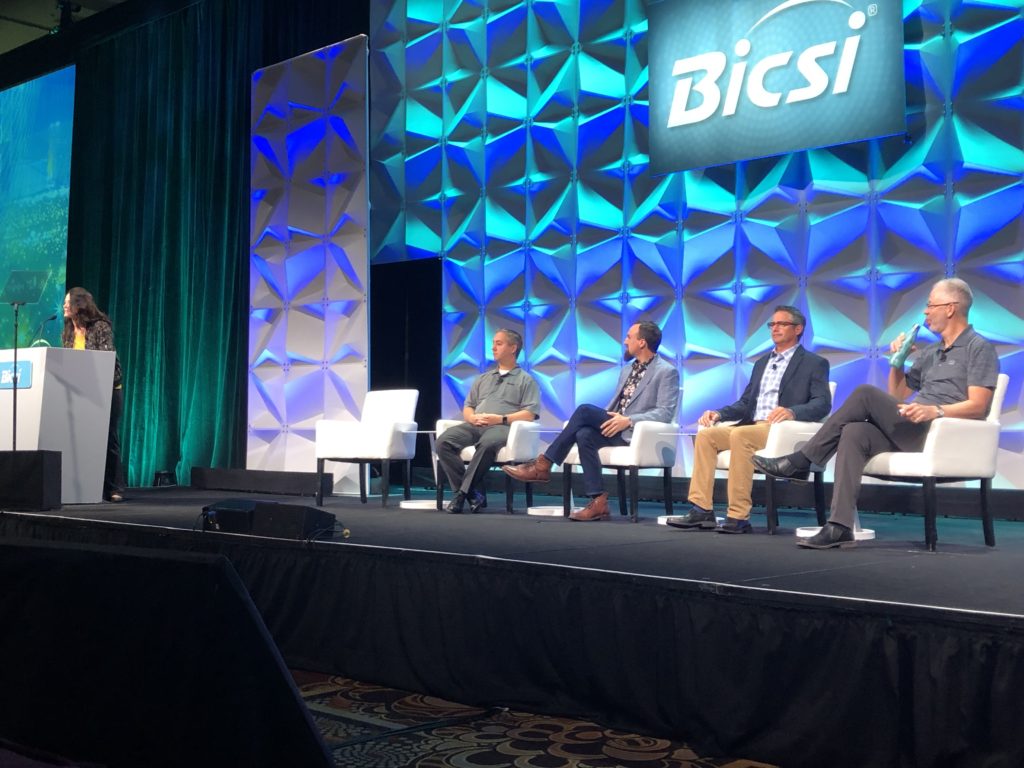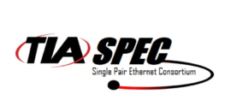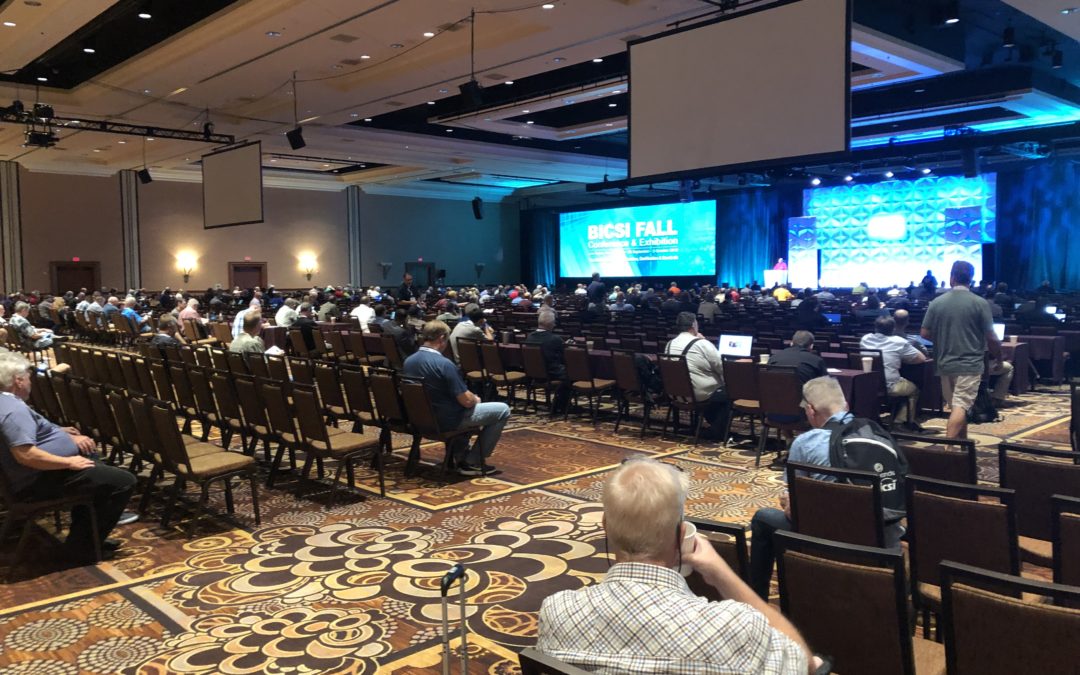Industry trends have always been about higher speeds, more bandwidth. Now that convergence is upon us, network-connected devices like HVAC, occupancy and other building automation sensors are asking for power and low-speed data to be delivered to them. As a result, a new Ethernet protocol has been designed to operate over a single pair of UTP/STP cable – otherwise known as single-pair Ethernet. Although, individually, these devices don’t call for much power or bandwidth, the sheer number joining our networks (75 billion or more by 2025) will increase overall bandwidth needs.
While wireless can support many of these connections, it can also be limiting because the devices also require power. 4-pair Ethernet offers the right technical performance, but can be too large and bulky for building-automation applications. With hundreds or thousands of devices and sensors in just one facility, smaller is definitely better when managing and routing cables. This makes single-pair Ethernet ideal for small IoT devices and sensors.
As single-pair Ethernet becomes more familiar, it also raises lots of questions: How will single-pair networks function? What’s the best way to support them? Which applications will they best support?
Bringing Single-Pair Ethernet to the Forefront
To discuss advances in technology, the Single-Pair Ethernet Consortium (SPEC) was formed, bringing together organizations that make single-pair Ethernet devices, equipment and connectivity. The group’s hope is to nurture the adoption and growth of single-pair networks in a standards-compliant ecosystem that discourages proprietary network types and instead makes use of Ethernet.
Belden is proud to be one of the founding members of the Single-Pair Ethernet Consortium, working alongside the Telecommunications Industry Association (TIA) to accelerate the adoption of next-generation OT and IoT connectivity.
The Single-Pair Ethernet Consortium was recently “unveiled” during a 2019 BICSI Fall Conference panel discussion, which touched on every aspect of the ecosystem.

To introduce BICSI members to the role of SPE, SPEC gave a panel discussion featuring companies from the breadth of the SPE ecosystem. Presenters included Ronna Davis (CommScope), Frank Straka (Panduit), Andrew Rodgers (ACE IoT), Heath Stewart (Analog Devices) and Peter Jones (Cisco)
During BICSI, the Consortium also discussed how it will provide value to technology leaders and users across the building automation technology ecosystem as it:
- Takes steps to better understand the market need for single-pair networks
- Increases awareness and acceleration of single-pair Ethernet in building automation technology and networks
- Conducts research and consolidation of market analysis information
- Discusses the best way to build ecosystem support for single-pair Ethernet technologies
- Provides a collaborative forum where network and building automation technology leaders, including manufacturers, integrators, facilities managers and design/engineering professionals, can collaborate on using single-pair Ethernet
- Interprets the benefits of evolving standards and how they support interoperability and market growth
By rallying around a standards-based technology, the Single-Pair Ethernet Consortium believes that the IoT revolution will experience explosive growth and finally allow organizations to benefit from all IoT has to offer in terms of efficiency, automation and cost savings.
Getting Involved
Involvement in the Single-Pair Ethernet Consortium is open to any organization that’s interested in accelerating the acceptance of single-pair Ethernet technologies in building automation technology and networks. If this sounds like something you’d be interested in, please use the Contact Form to reach out or email liz@goldsmithpr.com.

